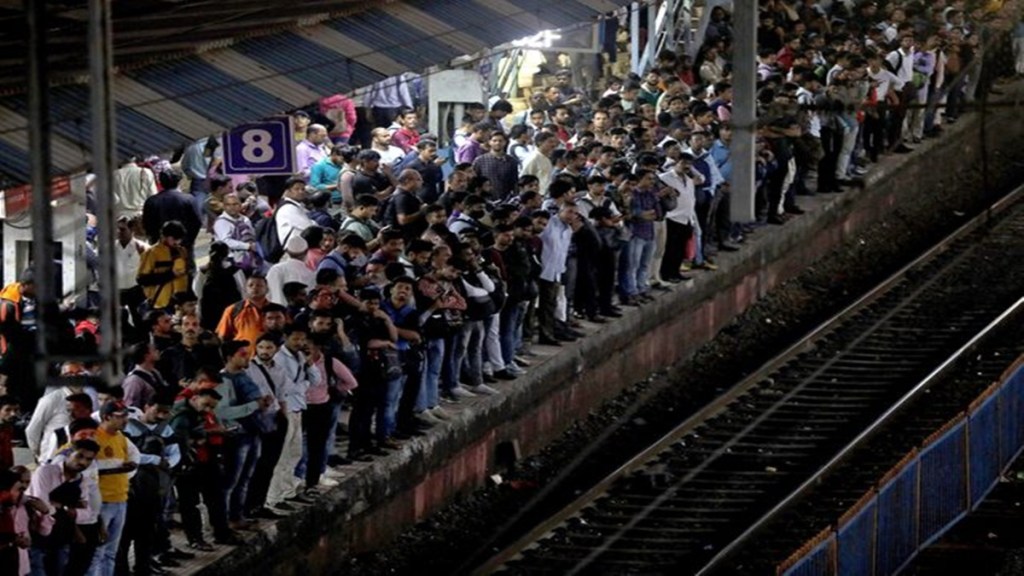Tamil Nadu Chief Minister MK Stalin has urged the Centre to retain the existing number of Lok Sabha (LS) seats and constituency boundaries for the next 30 years. A furore over the impending redrawing of the boundaries of the LS constituencies on the basis of the 16th census was to be expected. The delimitation exercise has remained frozen since 1971; the 84th Constitution amendment in 2002 set down status quo of constituency limits until “the first census taken after the year 2026”. While decennial census, last conducted in 2011, is delayed, reports suggest that it will start in 2025, with data and the National Population Register update expected by 2026. Or it could even be staggered to meet the “after-2026” condition. Another delimitation would result in a significant increase in LS seats from the extant 543, fixed over five decades ago on the basis of the 1971 census. The population has presumably grown by roughly 2.6 times since then, with the rate of increase among states being very uneven.
Union home minister Amit Shah has recently said that the LS seats will not reduce for any state and, instead, increase “on a pro rata basis”. But back-of-the-envelope calculations indicate that southern states, with their populations having been stabilised over decades, would see their representation in LS shrink in relative terms. The minister’s assurance is to be inferred to mean that absolute number of LS seats for any state would not reduce (as no state might have seen their population decline), and might only increase in almost all cases. Among the other states, Himachal Pradesh and Uttarakhand as well as the notheastern states might also be disadvantaged by the next delimitation. The northern states, on the other hand, would witness their representation rise substantially, with the biggest gainers likely being Rajasthan, Bihar, Uttar Pradesh, and Madhya Pradesh.
Total fertility rates of all five southern states are already well below the replacement rate. So, their populations would peak rather soon. However, as the United Nations estimates, for the country as a whole, the peaking would take place only by early 2060s when the population hits 1.7 billion. The southern states’ relative success in population control has already led to much-reduced tax transfers. Besides, they are now faced with the grim prospect of substantially reduced electoral heft. This is even as the resource transfers to the “Hindi Belt” states over decades have not satisfactorily addressed their socioeconomic backwardness. If at all, the divide may have only widened.
True, at a fundamental level the choice is a difficult one, between the democratic principle of “one person, one vote, one value” or representative franchise and federal equity. The solution should be one where incentives for performance coalesces with more efficient use of the funds channelised to the backward states from others. These transfers should be put to productive use as investments in social and industrial spheres. Their outcomes should be monitored and quantified, under a formal mechanism. The last thing the country would want is a situation where even the progressive states take resort to raise their population, and go astray. The Unites States’ population has risen by four times over last 112 years, yet the strength of House of Representatives hasn’t been changed, in keeping with federal principles. The world’s largest economy bears testimony to the notion that equity begets efficiency.


